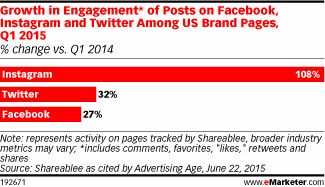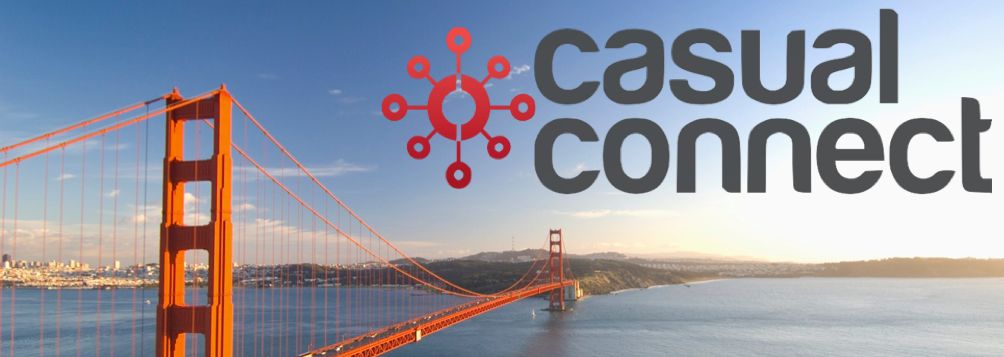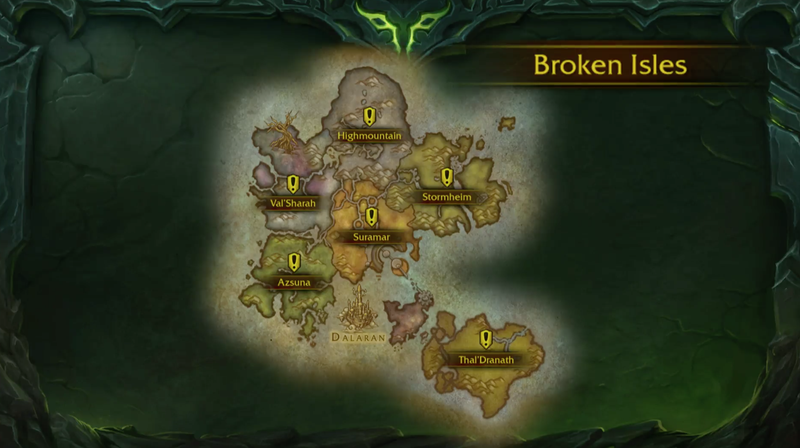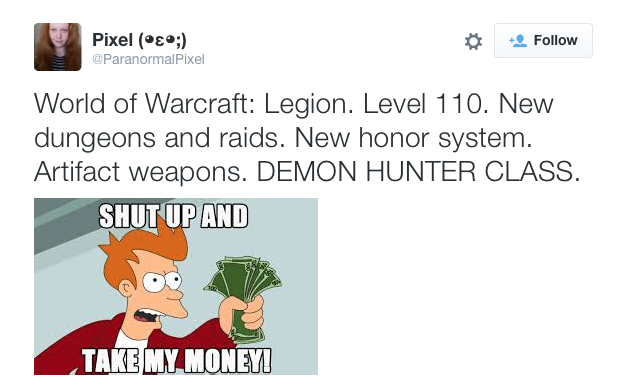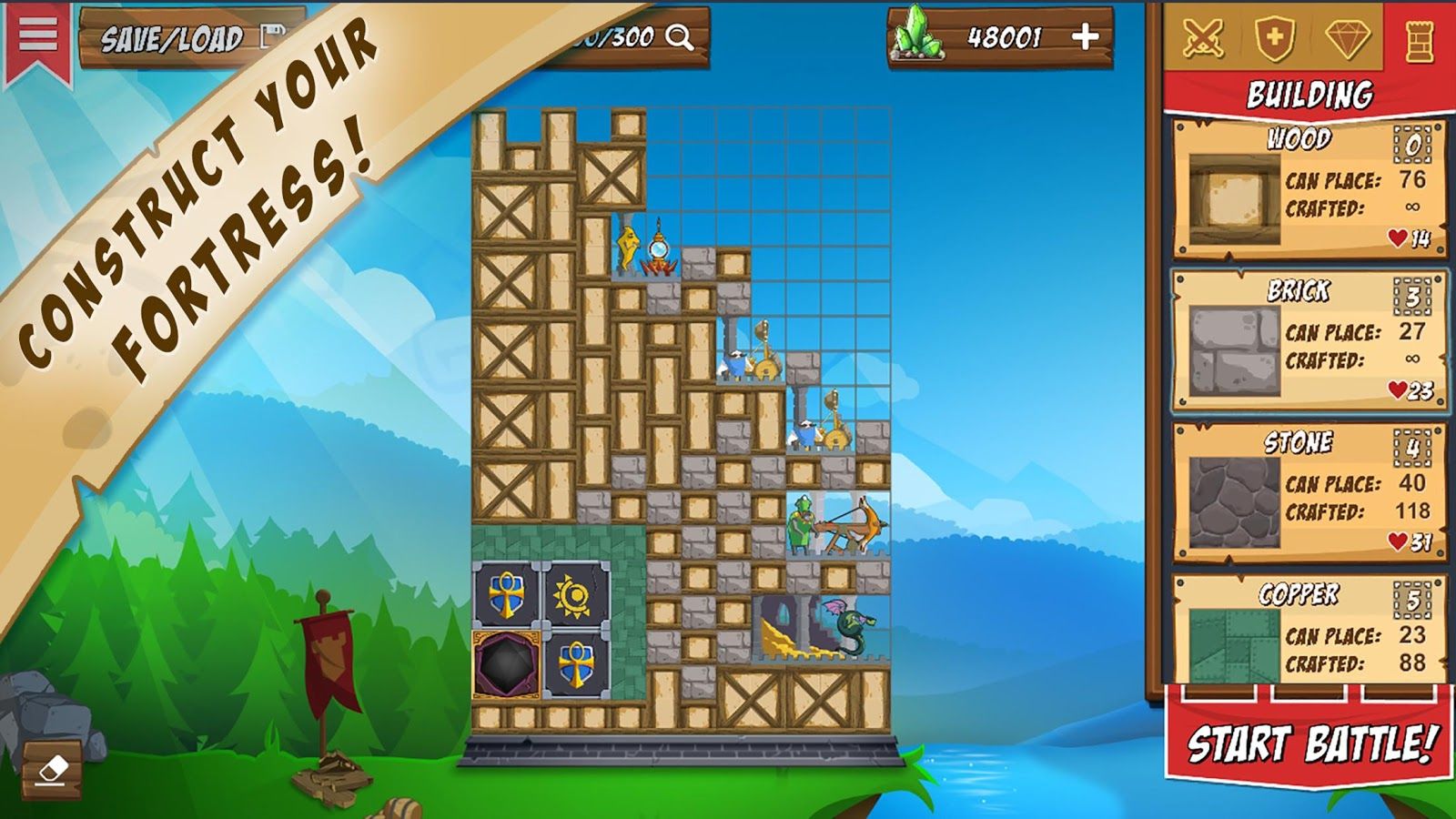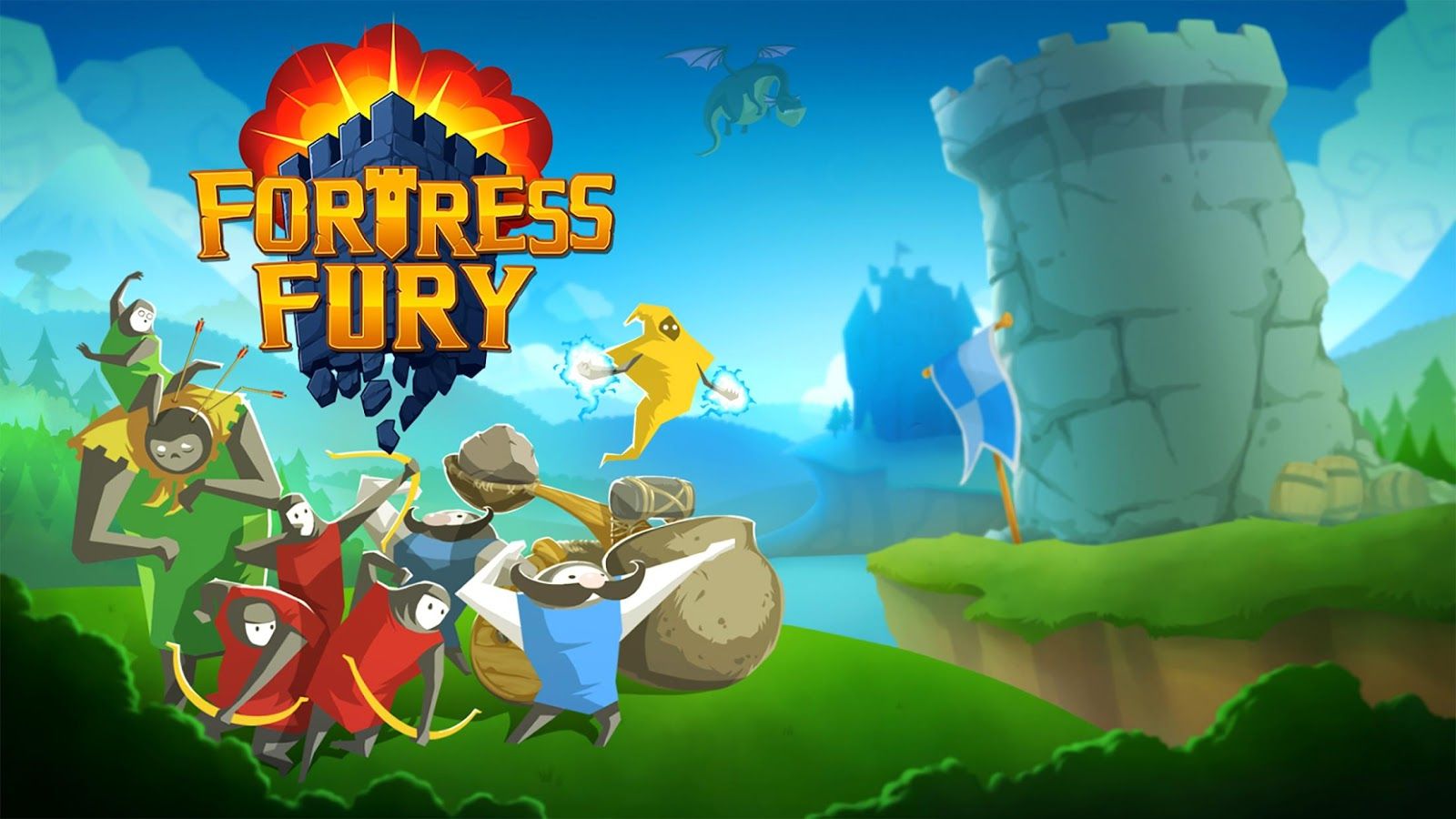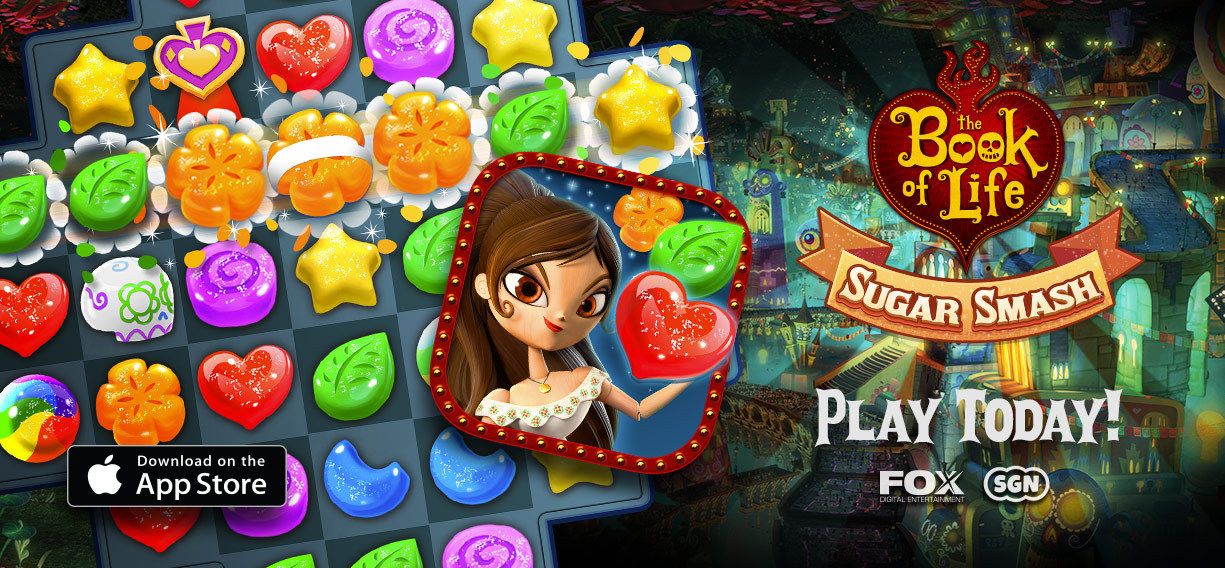Chinese eSports team LGD Gaming made the news earlier this year when team member Xiao8 switched teams earlier this year for a transfer fee of $320,000. The Dota 2 team is one of the favorites at the 16-team The International Dota 2 Championships, which is taking place through Aug. 8 at Seattle’s KeyArena. The team is competing for a share of the record-breaking $18 million prize pool, in which the winning team will pocket $6.5 million.
Orrin Xu, manager of business development at LGD Gaming, a Razer-sponsored team, is close to the eSports action on a day-to-day basis. Since starting his career in eSports, Xu has seen firsthand how much money can be made in this industry. He talks about the Dota 2 gaming audience and how brands like Razer can benefit from this hardcore PC audience in this exclusive interview.
What impact is this $18 million prize pool having on the overall attention to eSports?
I think globally, more people are a tuning in to the fact that eSports is a big deal. It gets people that are not invested in eSports to talk about an event that has more prize money than traditional sports.
How inventive was the in-game micro-transactions that Valve instituted with The International in eSports overall?
Valve’s micro-transactions really revolutionized the way eSports can support itself. Having large prize pools without having to come up with the cash upfront has been a real boon, not just to the organizers, but also to players and fans alike. Players can now compete in tournaments full-time as opposed to many years ago where winning as little as $500 was the goal.
Why do you think Riot Games hasn’t replicated this or tried to compete with the large prize pool of The International?
Dustin Beck’s view is that they want a more long term sustainable approach that relies more on sponsors, partners and advertisers. Each approach has its pros and cons in developing its own ecosystem. To be honest, I think publishers shouldn’t be in the business of trying to out-do each other’s premier event, but focus on the longevity of their own eSports scene.
How have you seen The International evolve over the last five years?
The very first TI was at Gamescom in 2011 and was also the first time Dota 2 was revealed to the world. Since then, it has moved to both Benaroya Hall and KeyArena for two years each. I’ve always been an online spectator and I’ve seen how the production value each year has increased, with more and more community figures getting involved. TI has become a celebration of DOTA2 eSports, where people who’ve made a difference in the scene — players, managers, artists, and other contributors — can come together and enjoy something they are so heavily invested into. Aside from the money, the biggest change that I’ve seen from the evolution of TI is the aftermath of The International and the gradual acceptance in the wider community.
How does the Dota 2 gamer and audience differ from League of Legends?
The average Dota 2 player is a lot older than the League of Legends player, with many of them already in the workplace. My personal experience is that the average Dota 2 player cares more about the competitive scene than the average LoL player. The core essence of both scenes is the same: the gamer is extremely competitive and wants to win.
What does this mean for sponsors involved in the International?
By inference, sponsors involved in The International are targeting a viewer base that is affluent with high purchasing power.
How has Razer been involved with The International?
Razer has been instrumental in laying the groundwork for teams to make it to The International. It’s year round support of Teams, Community Tournaments and Events, Community Figures provides players the platform they need to be heard by the community and then be shortlisted into TI. A grassroots approach is the key to making eSports a legitimate career path, and I believe Razer thinks that way, too.
What does being involved with this type of huge event bring to your brand?
LGD being a part of TI and hopefully placing highly opens up many opportunities for the team, be it sponsorships or partnerships. But more importantly it’s giving back to the fans who follow us throughout the year, during the good times and bad times.
What do you think having The International on 400 movie theater screens will add to this year’s event?
Similar to the Pubstomp movement, the 400 movie theater screens provides the opportunity for fans to come together and celebrate Dota 2 and eSports. These satellite events are no different to watching a soccer World Cup at the theater, getting involved with TI without being at Seattle.
ESPN is also back again. How important is that for eSports as a real sport?
In terms of viewership, I think whether ESPN shows it or not is irrelevant, since the bulk of viewers are used to watching Twitch/Azubu/Hitbox. That said, I think TV networks are important for eSports to be accepted by people who don’t understand eSports. Obviously, there’s been a lot of backlash when it’s been shown on ESPN by its traditional viewer base, but I think once people get used to the fact that eSports is growing and isn’t going away, this attitude will slowly change.
Over 20 million people tuned in last year. What does this open up for sponsors?
For sponsors that are already in eSports, this is a further gratification for investing in the eSports space. For sponsors sitting on the fence, the numbers are there that it’s worth making the leap into eSports and getting in front of this demographic. People in eSports know the figures that teens and young adults aren’t watching TV, and are using ad-block on VODs. Getting exposure via tournament sponsorship and team sponsorship is a great way to get the brand out there, especially since eSports isn’t at the mega million dollars like traditional sports yet. That said, we’re still a while off before the floodgates truly open. Traditional companies still feel like this is just a “game,” and it’s going to take a cultural shift for management to change their opinions.
